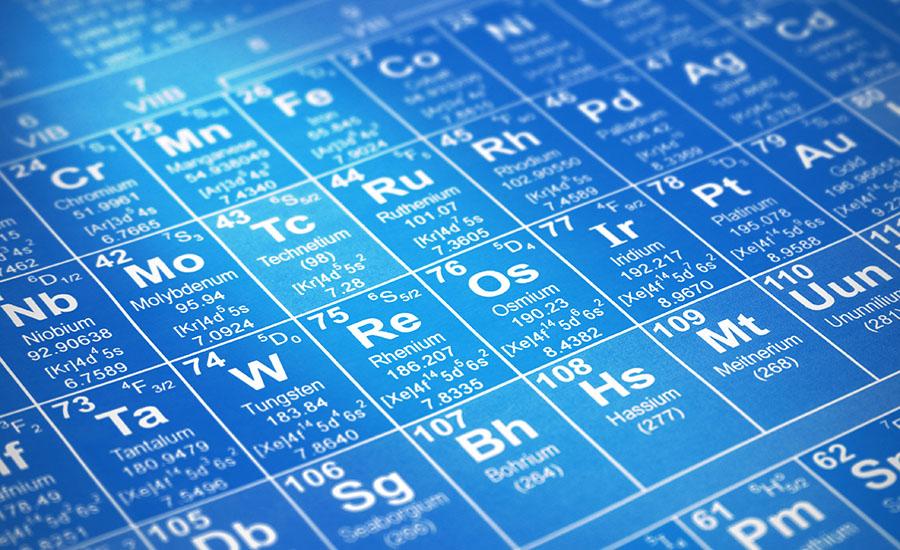
Plant Pigment Spectrophotometry: Measuring Pigment Absorbance in Flowers and Leaves
by Scott Milne
In this lesson students explore the relationship between pigmentation and light absorbance. Students will use a spectrophotometer to analyze pigment samples and record the absorption spectrum for pigments found in leaves and flowers. Students work in groups to analyze samples and discuss the relationship between the colors of leaves and flowers, the pigments they contain, and the light they absorb or reflect. This lesson can be done as a stand alone lesson if pigments are available, but requires the separation of pigments beforehand and functions best as a follow up to the plant pigment chromatography lesson.
Lesson Plan Link/URL
https://docs.google.com/presentation/d/1wyeeHhTEyqnay_rsgGqy_sTzrwvdV9-BMX63Me_…Subject Area
Science Physical Science P4: Energy Transfer Life Science L2: Organisms & Energy Technology 1. Empowered Learner Mathematics Measurement and Data (MD)
Featured
Off
Related Content

Grades:
9th Grade, 10th Grade, 11th Grade, 12th Grade
The purpose of this activity is to teach students about electrical energy generation in Arizona and the science behind electrical energy generation including radioactive decay and nuclear energy.

Grades:
9th Grade, 10th Grade, 11th Grade, 12th Grade
Students will work in small groups to create a water filtration system to demonstrate understanding of water purification systems and human influences.

Grades:
10th Grade, 11th Grade, 12th Grade
This lesson plan is on how to make agar plates to grow media on. This teaches the students how to measure out the agar and water and mix properly and plate the agar properly.